Coming back to Japan, let’s go on a long walk
I wanted to see Japanese mountains.
That was what came up in my mind first when I started considering coming back to Japan after almost 10 years in the USA.
Funny thing is, I was not a big fan of hiking back then. In the US, I had never been to any mountains or national parks for hiking. I was very busy every day, as an MBA student in NYC for the first two years, then as a newspaper reporter in DC almost the entire time Mr Obama was president.
Even funnier, I was in the Japanese army in my 20’s, so running around in bushes and forests was my job. Probably I unconsciously liked Japanese mountains all the time, that’s why I picked the Army without considering joining the Navy or Airforce. Childhood memories of my parents taking us to nature tourist sites on vacation, not to theme parks or shopping malls stayed at the tiny corner of my brain.
Whatever the reasons behind it, I just wanted to go back to Japanese mountains. So, when I decided to leave my USA life, suddenly this idea of doing some really really long walk popped into my mind.
While in DC, I was deeply into dancing and spent most of my free time doing or watching it. I was a super late starter of dance, never having trained before when my body was still young and fresh so I sometimes hurt my legs simply by overdoing it too much. One time, my knee was injured and I suddenly lost the ability to walk for a couple of days. I was terribly shocked to lose something I totally believed should be there naturally no matter what. After that experience, I became more appreciative of just being able to walk.
Now, I was going to have this period of unlimited free time and a bit of money saved when I got back to Japan until I got a new job. How could I take advantage of it? So I thought about the long walk options Japan can offer.
Hokkaido? No, I know how die-hard remote areas are to walk. Plus, I never ever want to deal with the infamous Hokkaido bears.
Japan Alps mountains? Well, I had almost no hiking experience and those mountains seemed to require a higher class of hiking skills.
Shikoku pilgrimage? … As I was born and grew up in the West part of Japan, Shikoku is not that unfamiliar to me. There were a lot of seemingly easy and manageable points of the Shikoku pilgrimage for me to walk. For example, the trail usually stays close to towns and cities with easy access to lodgings and food. Plus, plenty of points to escape if I don’t want to continue walking anymore. Most importantly, Shikoku has a long history of so many strangers (pilgrims) walking around in the local neighborhood with their big backpacks. If I did the same thing in other countryside areas, local people would look at me in wonder.
So, this factor that Shikoku people are so used to strange walking travelers was the biggest push on my back and I decided to go for it.
Only 3 days after I got back to Japan, at my parent’s home in the Fall of 2015, I left for Shikoku in spite of my dad’s really sad face.
While I was still in the USA, and packing up my stuff, I had already ordered pilgrim gears, maps ready and waiting for me at my parents’. I just didn’t want to kill the momentum and my motivation by staying too long and comfortable at my parents’ house. So, before completely unpacking and settling down, I started walking in Shikoku.
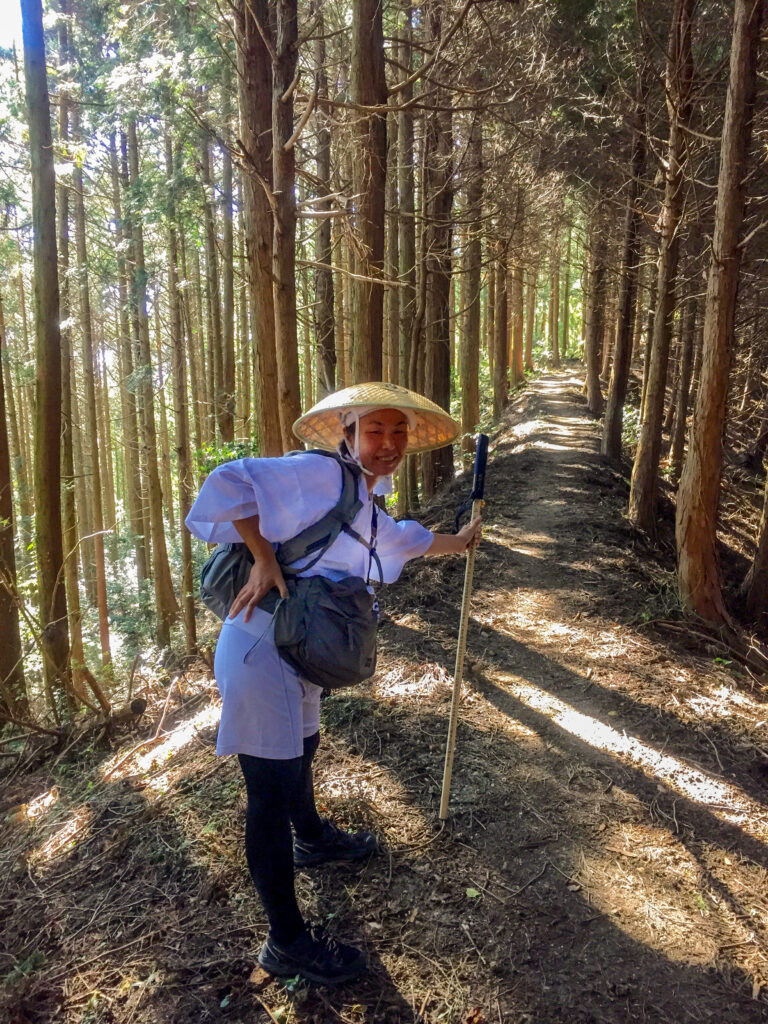
No pain, no suffering, only fun walking the Shikoku pilgrimage
I walked not only the 88 temples pilgrimage but also Bekkaku 20 temples because most of them are located along the 88 pilgrimage route anyway. I also visited a lot of tourist destinations as long as they are not too far away from the route.
This was my first and last walk on the Shikoku pilgrimage, as I always feel walking on a trail I already walked before is less interesting and exciting. That’s why I planned to walk everything and doing Shikoku sightseeing all at once. I stayed at paid accommodations every night, never camping.
Every day while I was walking, I had only fun. I never had any bad experiences or troubles. Unlike many other pilgrims, both Japanese and non-Japanese, who often describe how their walk in Shikoku included so many kinds of difficulties, problems, obstacles and challenges, I really didn’t have any.

I really enjoyed having the time not to worry about tomorrow’s job. Every step ahead, every next moment was another new world, something I had never seen before. Every corner I turned, there were new neighborhoods, mountains, rivers, beaches, shops… it was just so exciting every day.
I know it was mostly because I can read and speak Japanese that I didn’t have any problems finding the right directions and following the map and signs. I could easily talk to local people to ask for directions and to book accommodations over the phone. As a solo female pilgrim, I was frequently talked to by local people, owners of lodges, monks at temples and other pilgrims. I saw a lot of foreign pilgrims along the way and I can also communicate with them, thanks to my fluency in English from 10 years of American life.
I was good at dealing with hot weather and had a lot of stamina built up from my crazy dance practices. So, walking along the no-shade coastal roads and on long steep mountain trails was not a problem for me either.
I received a lot of kindness and cares from the people I met. I got no human-related troubles at all.
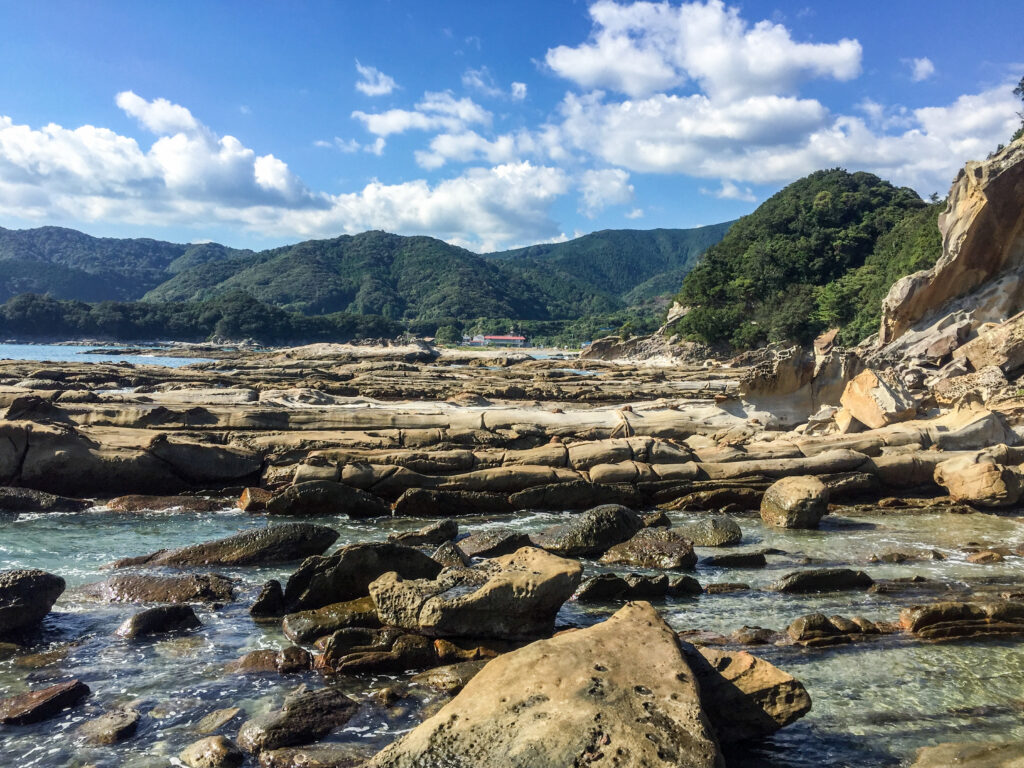
“What happened to your life?”
Strangely, in Japan, people seem to have certain assumptions on the reason why we came to walk the Shikoku pilgrimage.
The assumption is not really a positive kind. For example, a person who lost a loved one recently and walk in memory of them or to pray for them. A person who did bad or wrong things, so they walk as a type of social punishment or atonement, at least to try to show they are sorry. Or a person (especially a woman) who had big life-changing events, such as quitting a job, a breakup or divorce, so she wants to “find herself” by walking.
Actually, the most frequently asked question to me in Shikoku was “what happened?”.
Nothing. Sorry.
When I told them so and said I was really enjoying sightseeing and Shikoku nature, they looked a bit disappointed. I was made to feel sorry that I didn’t start talking about woman’s life problems that happened all at once in my life. But why?
Do I have to have “something” to walk the Shikoku pilgrimage?
I was not walking to find myself. I was not searching for a true me. I didn’t reflect on my life at all. I didn’t meditate while I was walking. I didn’t have the sense that Kobo-Daishi was with me or looking after me. I didn’t feel anything changed inside of me.
Why can’t I walk just for walking, just for sightseeing or just to enjoy everything I see?
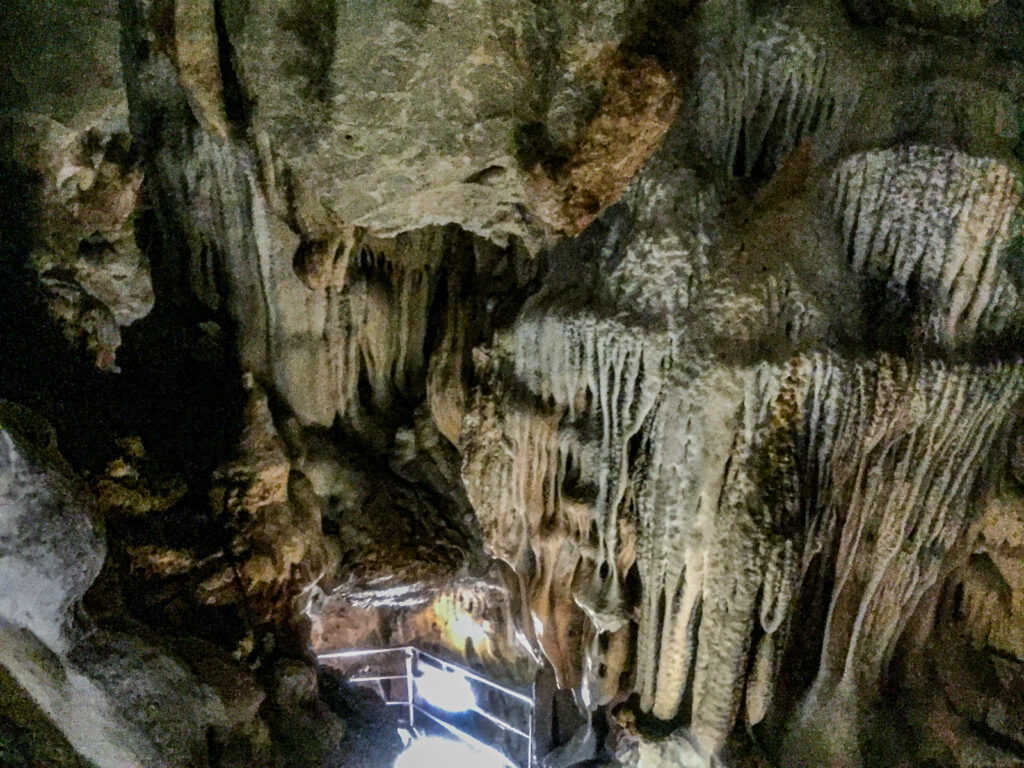
I kept walking for 65 days in Shikoku and completed the whole circle. During the final stage of the Shikoku pilgrimage, I was totally on a walkers high. Now walking up to 900m high mountain was a piece of cake and I could easily walk more than 30km a day.
After walking back to Temple 1, I even walked to the Tokushima ferry port from T1. For visiting Koyasan, I walked not only climbing up the mountains, but also the entire way from Wakayama ferry port.
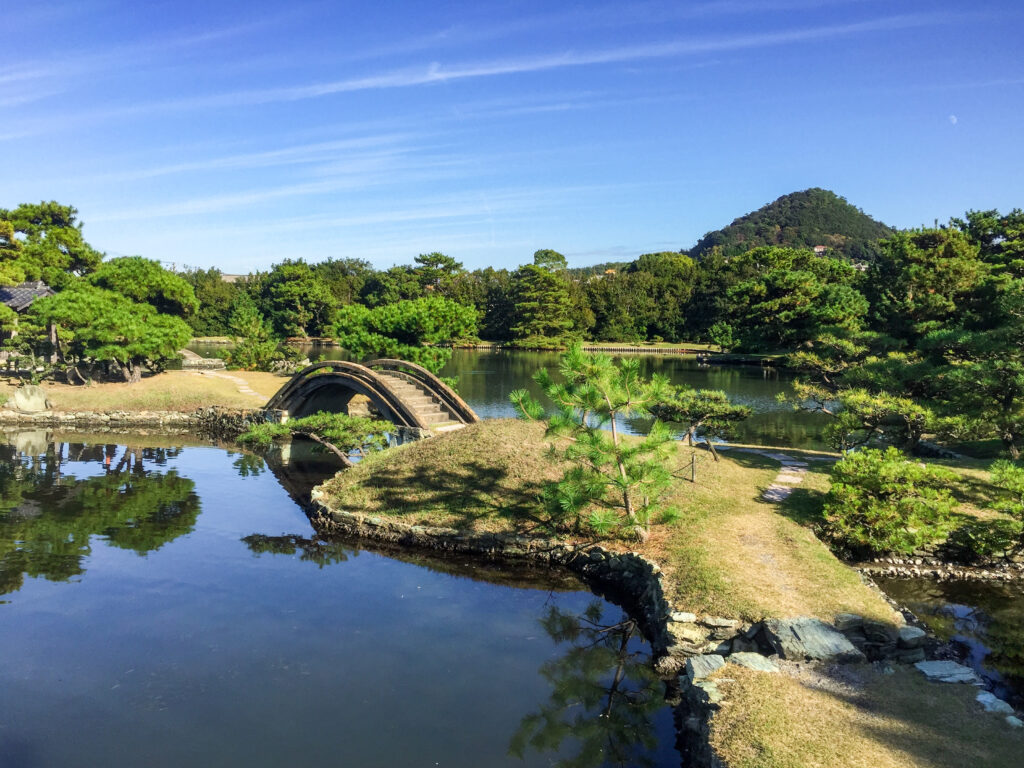
At Koyasan, I still felt not fully satisfied and wanted to walk more. I learned some of the temples in Shikoku and Wakayama I had visited were a part of Shingon 18 main temples pilgrimage. That’s it. Let’s keep doing it now.
The other temples of Shingon 18 were in Kyoto, Hyogo and Nara. So I walked through Kyoto and Nara. And from my parents home, which is in Hyogo, I walked the Hyogo parts. I spent a total of 82 days walking and walking.
Since I was still in my full set of Shikoku henro white attire even when I was walking in Kyoto and Nara, I got a few strange looks from local people. But I also met a few local pedestrians at some street corners who talked to me. Coincidently they all said the same thing that they had been interested in the Shikoku pilgrimage but hesitated to make the first step. Then here I was, a henro in white henro cloths. So they wanted to hear a bit about how the Shikoku pilgrimage was, especially how hard it actually was.
When I lightly told them that it was very enjoyable and easy, that they didn’t have to overthink too much and that they can stop anytime they want to, their face looked a bit brighter.
I still don’t get why the Japanese, especially Japanese media try to make the image of the Shikoku pilgrimage as something hard, suffering, and painful that people have to overcome to feel achievement. It really narrows down the gate for interested people to actually step in.
A rough trail and a realization
After my long long walk, I decided to look for a new job in Shikoku, because something eye-opening happened when I was walking in Nara.
To visit one of Shingon 18 main temples, I tried to cross a mountain. It was not a commonly used trail but I just found some people’s posts about a trail to get to the temple on the internet. I started walking up and for a while, the trail was clear and there were some signs. But eventually, the trail was getting rougher and rougher and signs were completely gone, all I could follow were some colored tapes tied around trees.
And I got lost.

I was completely lost and there were no trails in front of me anymore. Thankfully, I still had a phone signal so I could see which part of the mountain I was at on Google maps. I could also hear some construction noises far from there, so it was not such a bad situation.
I just bushwhacked in the direction of the temple, and at the end, I had to slide down the steep mountain slope just behind the temple’s Daishi-do area. I slid too much and I accidentally touched the electric wires around the temple area to prevent wild boars and dears from coming in. I was lucky that the electricity was so weak that I could only feel a pinching sensation.
All this time, I was so surprised by how rough the trail was. Where were the signs? In Shikoku, I had no problem following the signs in mountains and street corners because there were so many. Most of the trails along the route were in pretty good condition and I could see some hand-made maintenance here and there. Where had all of those good hiking conditions gone?
Then, I finally realized. While I was in Shikoku, I ignorantly thought the mountain trails just naturally stayed in good condition. But now I realized someone did work on all those Shikoku trails to keep them walkable. Without those local volunteers care, the trails get easily wild and rough, impossible to walk anymore.
I thought I didn’t have any problems and just walk any trails so easily in Shikoku. I didn’t know it was not my own strength or ability but was because of those invisible local trail caregivers.
I thought I needed to return something in gratitude for their contribution. I wanted to join the trail clearing on the Shikoku pilgrimage route for the future henro. Because someone did the same thing for me to keep me safe.
Shikoku, a new home to go back to
I found a new job and moved to Tokushima, to a peaceful village between temples 20 and 21 in the spring of 2016.
The village has one of the most active volunteer groups for trail clearing and pilgrimage route conservation. Most of the members are local grandpas over 70 years old. But they grew up by running around the mountains of T21 and T20, and still can walk much stronger than the young people today.
After I moved to Shikoku and started working for the village, my passion for long-distance walking didn’t go away. I went to walk on four of Kumano Kodo’s six routes, and the Shodoshima 88 pilgrimage. I also started walking around local mountains to explore old trails not used anymore, as the local elders told me those mountain paths they used to walk around when they were little and there were still a lot of people living in mountains.
Meanwhile, I offered the unused room in my house to many foreign pilgrims to stay because the village area was and still is one of the “few lodging options available” areas along the Shikoku pilgrimage route.
One day, in the fall of 2016, I happened to meet four Dutch young pilgrims near T20 and had them stay at my house. One of them completed his first Shikoku pilgrimage walk, then came back for a second round next year, then a third in 2019. He completed the three rounds of walking the Shikoku pilgrimage so far and is now living here in Tokushima as my husband.
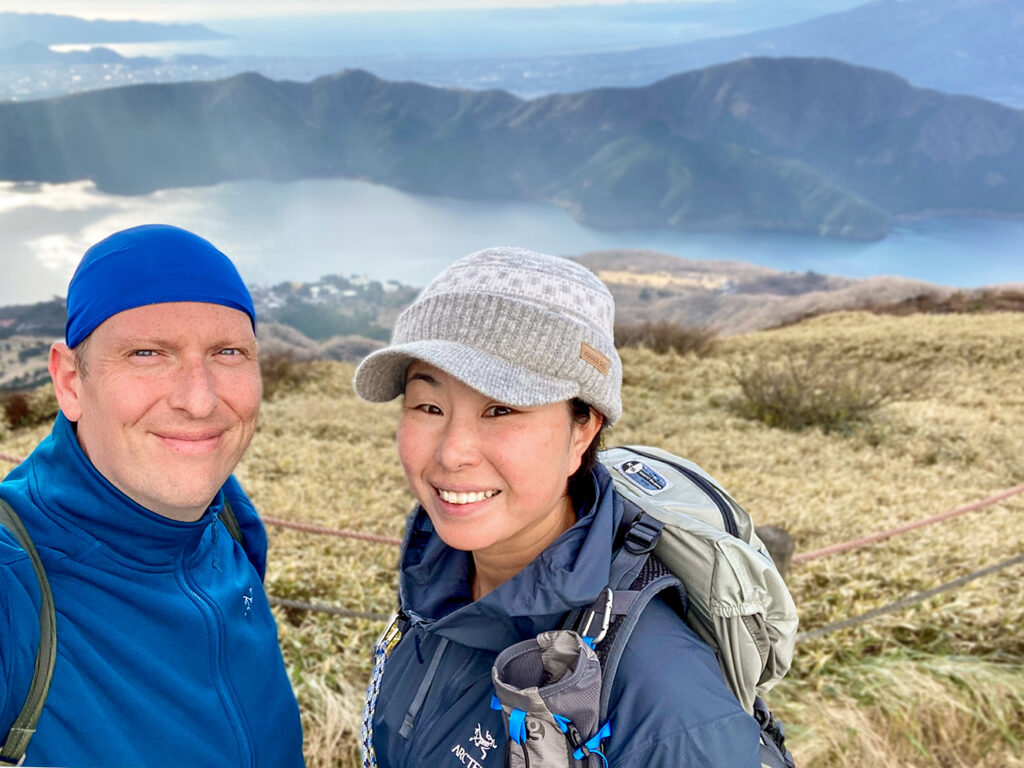
Together, we have walked four Kumano Kodo routes, and many other long-distance trails in Japan, such as the Shinetsu trail (80km), the Michinoku coastal trail (1000+km), and the Shionomichi trail (125km). We have also hiked a lot of mountains.
After completion of my three-year contract working for the village, I spent half a year outside of Shikoku, working at a temple in Koyasan and a ryokan in Northern Kyoto. Then I came back to Tokushima. This place has become my new home, somewhere I want to go back.
Currently, I work for a local tourism organization, specifically helping them to build up local hiking trails as a new tourist attraction. I also helped a Shikoku-based bank’s think-tank as they have been conducting research on foreign pilgrims and pilgrim trails.
Through these works, I have learned how little information on those lesser-known trails and mountains are available in English for foreign visitors and even for residents in Japan. The Shikoku pilgrimage and Kumano Kodo are doing pretty well since so many foreign pilgrims share their experiences and information online with other future walkers. Mt. Fuji, the Japan Alps, and other famous mountains also have lots of English information available. But, what about these local mountains and old long-distance trails? They are the real hidden gems and off the beaten path but sadly almost unknown in the world outside of their own local areas.
So, I started doing my share. I opened my own website and started writing about our hikes on those lesser-known trails in the hope that someday my information becomes useful for someone else.

We walk on the trails and then someone will follow our traces. So, I want to always leave good walkable trails behind me for the next hikers. That’s what the people who walked before me did for me. That’s also what Shikoku local people have been doing for pilgrims throughout over 1200 years of Shikoku pilgrimage history.

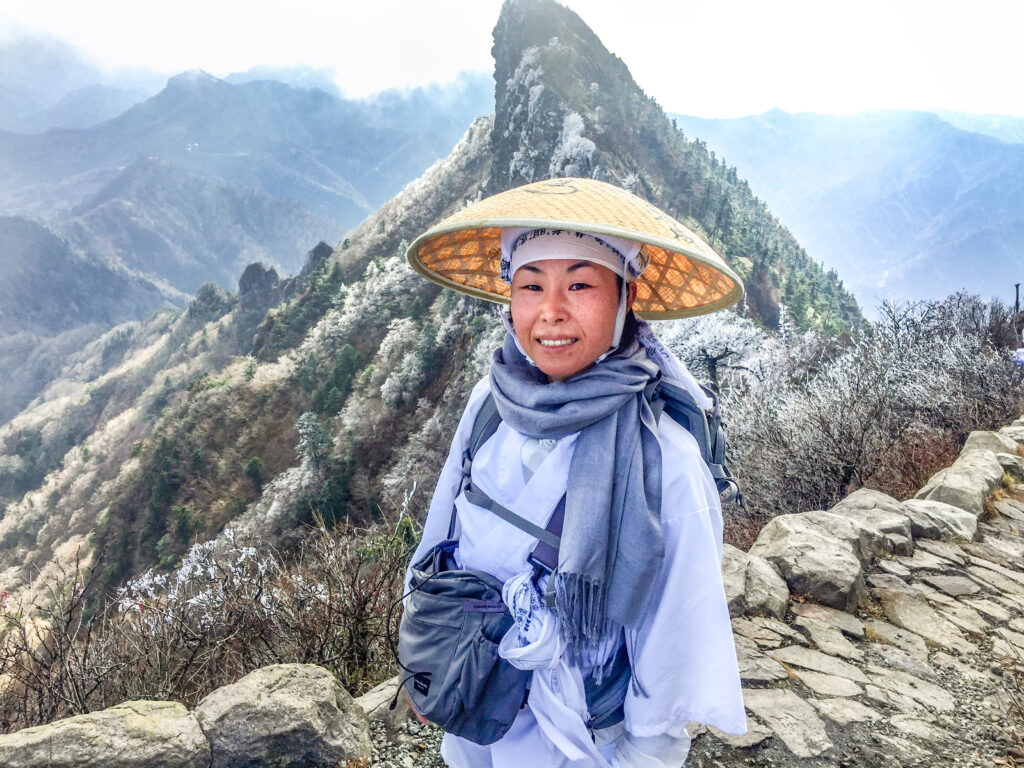
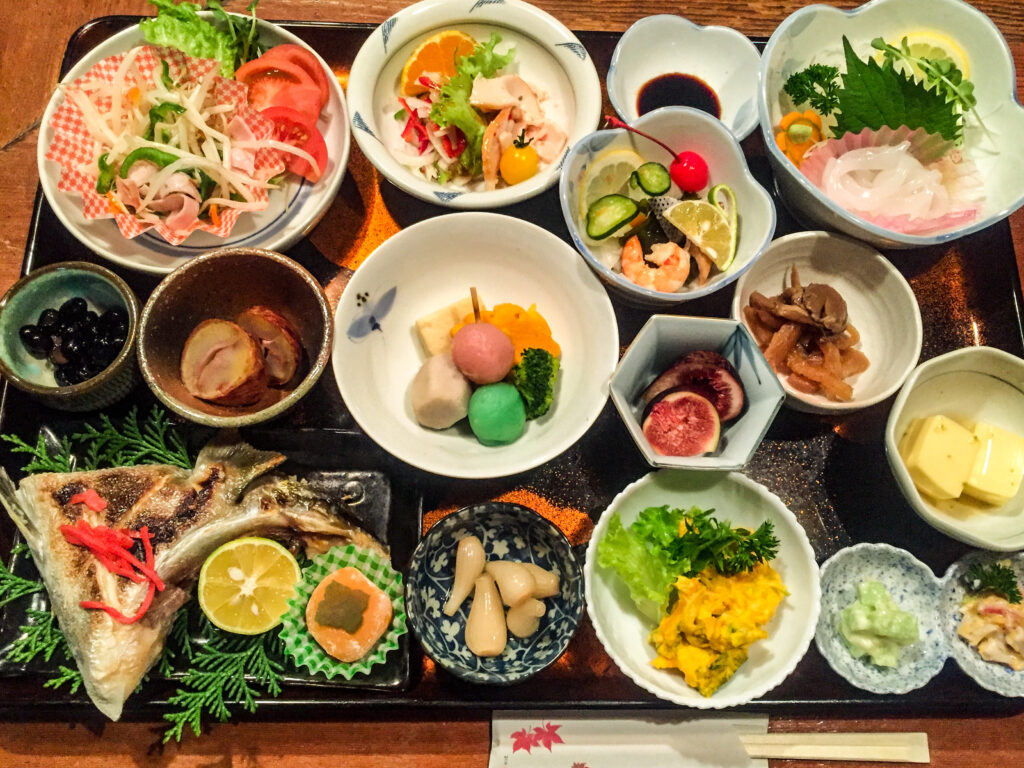
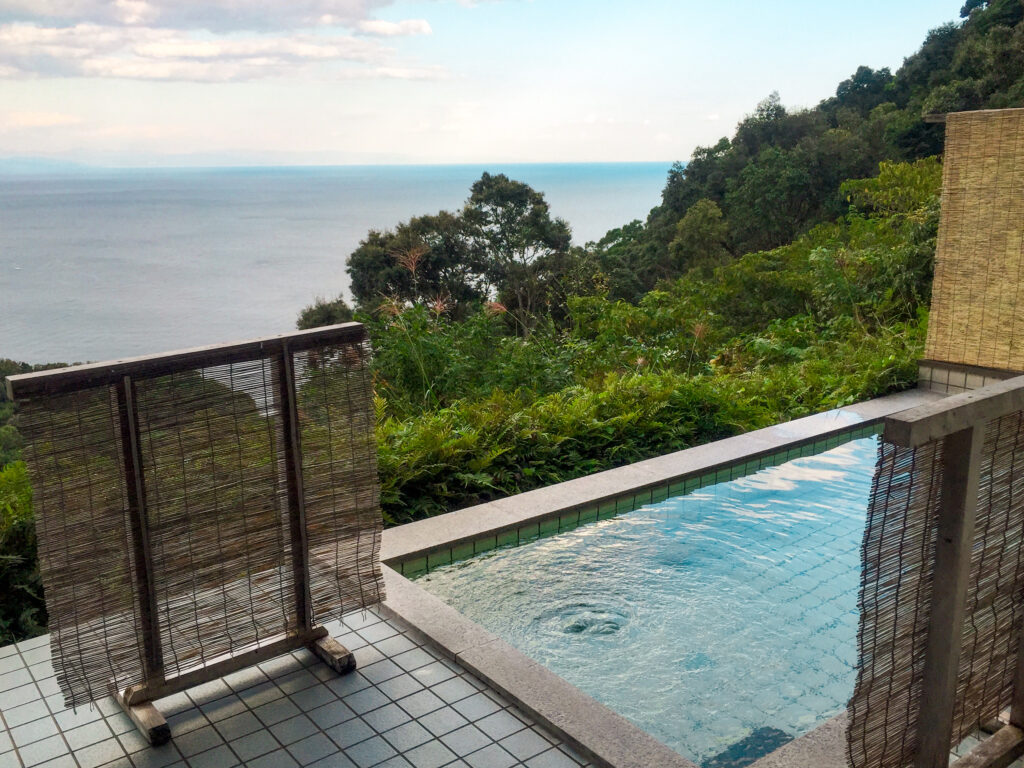
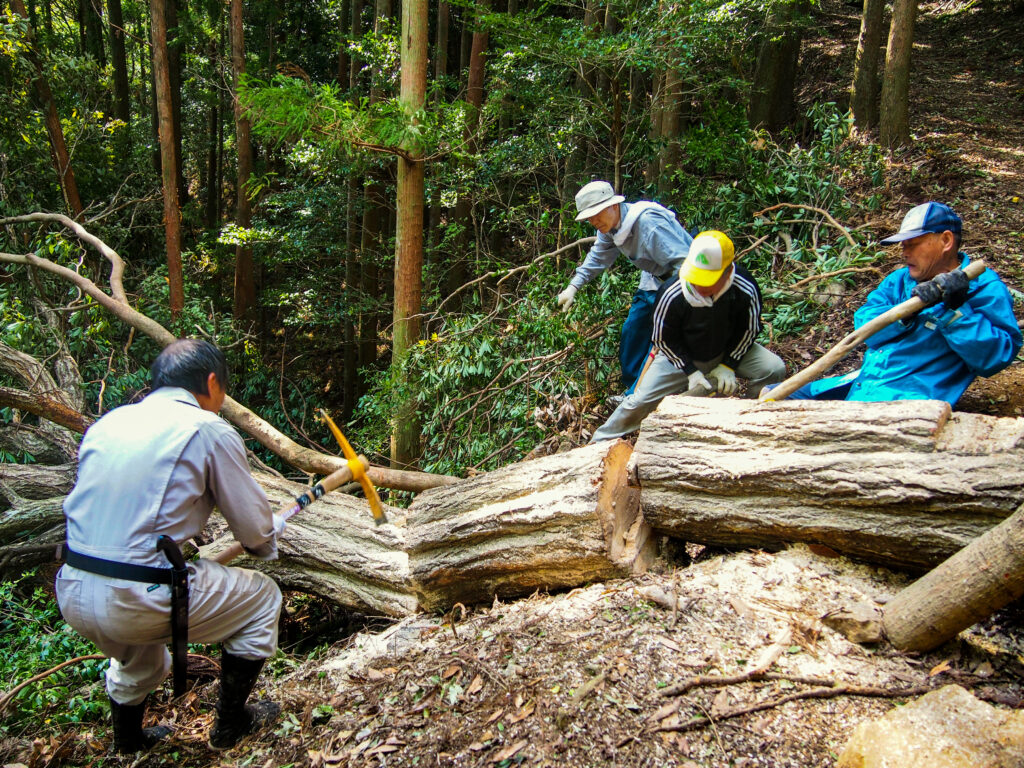
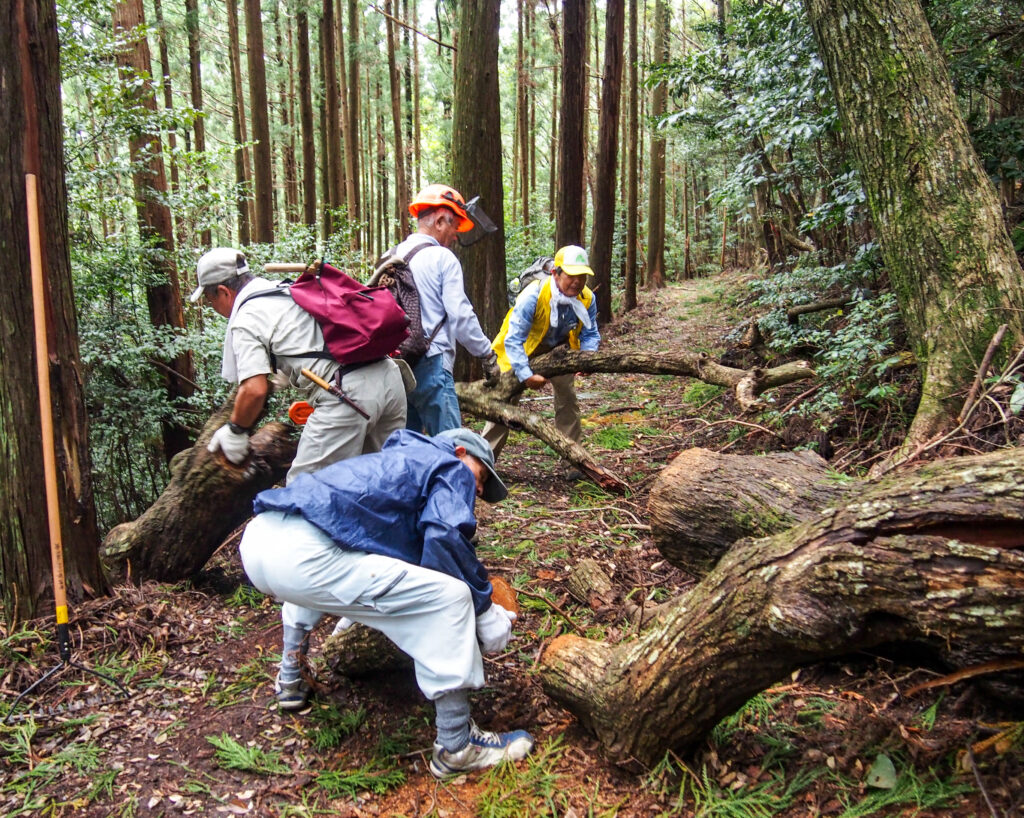
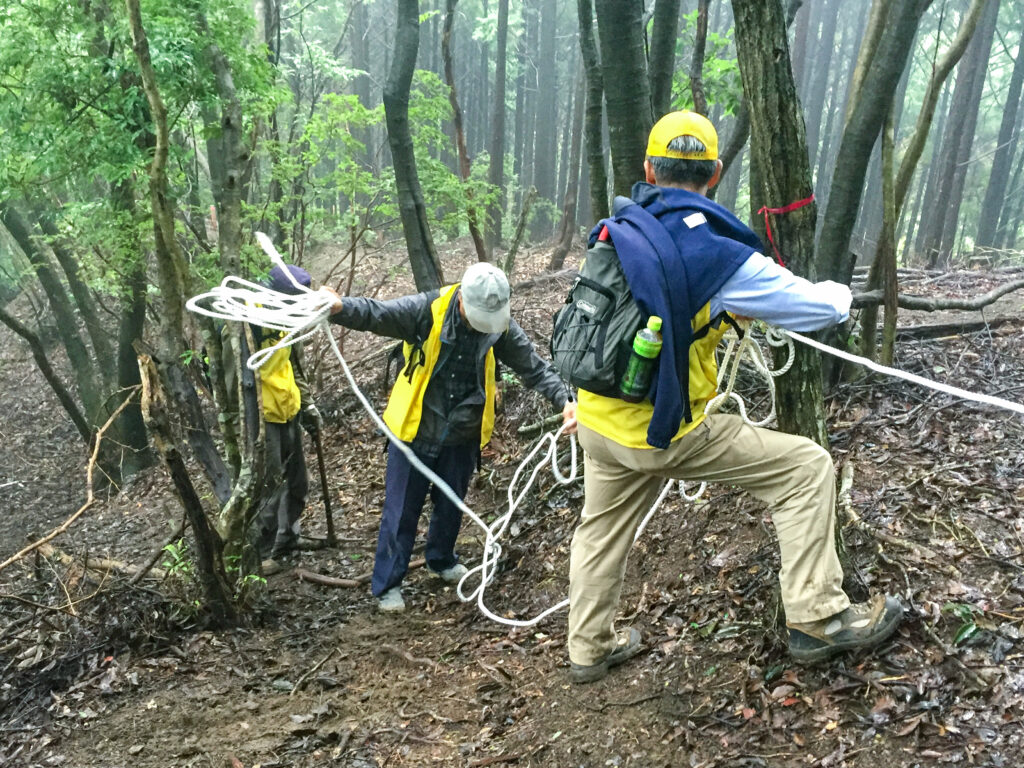
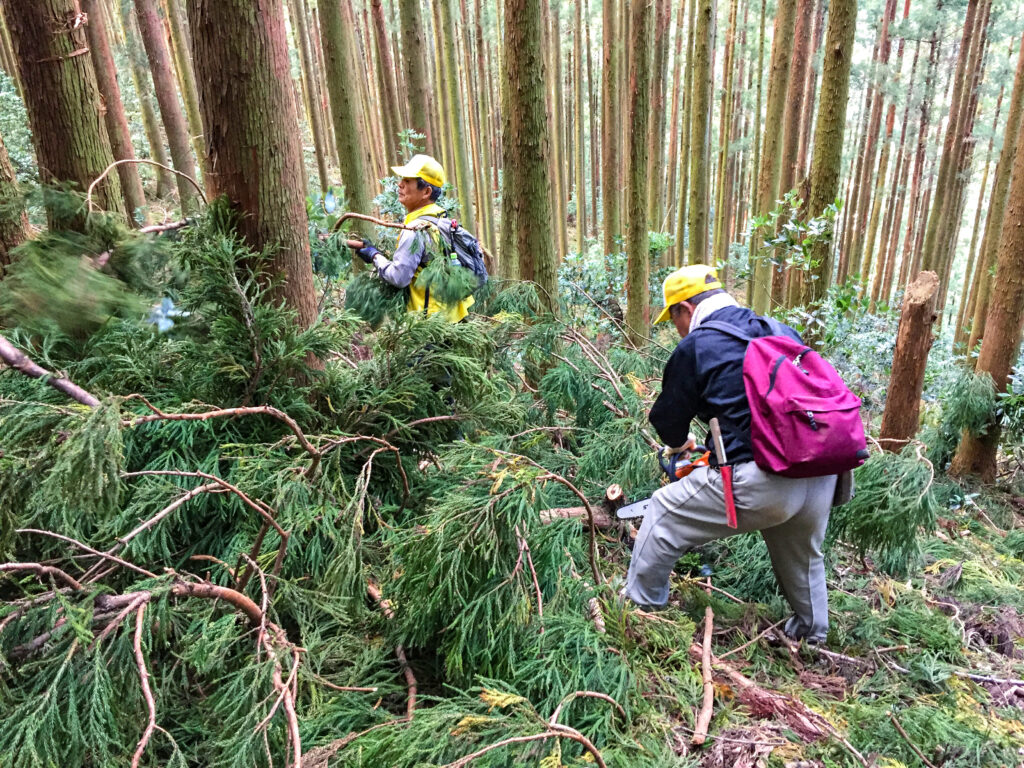
Thank you for sharing your wonderful story.
Thank you, Don!
Enjoyed reading your story Masako. We met back in the Fall of 2016. You met us and drove us to the start of the Kamo-michi route trail between Temple 20 and 21 of the Shikoku pilgrimage.
Hi Arnold, yes, it’s been almost 7 years, and I can clearly recall you and your friend walking down the forest pilgrimage trail from T20. The photo I took you two then is still one of the best photos!
Hi Masako-san!
Such a nice story about your life: going back to Japan and getting in love with walking by doing the henro in 2015.
Are you now still living in the Netherlands with Eric?
I really hope to meet you and Eric in ‘real life’ here some day.
Hartelijke groeten, ook aan Eric,
Elly Jührend
がんばってね,気をつけて下さい!
Hi Masako,
Thank you for sharing your beautiful story. I am planning on walking the Shikoku88 in April 2023. I am just beginning my research & I am hungry for information/insight. Also perhaps you might know of a guide book for the pilgrimage.
I would be very grateful for any help.
🙏
Hello Jamie,
I am walking the Shikoku in August 2023 and reading as much as I can online. I have just ordered a guide book and a BIG Map from a Japanese Contact as all the guidebooks on Amazon seem to be “not available” . I am only able to walk for approximately 35 days, so I am trying to plan a BASIC route of about 750km averaging 30kms a day – I really want to avoid taking any transport on the Island of Shikoku – to travel by foot entirely . I am not certain how realistic that is, especially when getting across the Island with limited time – but I endeavour . Wishing you all the best on your Pilgrimage in April 2023!
Hi Masako, Thank you for sharing a very interesting story. I have been thinking about walking the Shikoku88. As I read your story and Jamie & Sarah’s comment made me more exited. Please update and share story Thank you
Thank you for your story. I look forward to continue my Shikoku trail after a four – year break. Plan to resume at #11 and continue on. Have done #44 though 50, the countryside from 44-45 was wonderful.
My quest is not so much to visit each temple, but to enjoy the people, food countryside, scenery and experience.
If someone has ideas for off the trail destinations, please let me know.
After T50, a lot of parts along the 88 pilgrimage route go through busy towns and cities. You will see a big difference there from what you have seen before. But there are still a lot of off-the-beaten-path places along the way. For example, Mt. Ishizuchi, the highest mountain in west Japan. Also, some of the Bekkaku 20 pilgrimage templs, especially in the mountain ones, are really good, such as T10, T13, T15 and T20. Don’t miss them.
It is great to know the story to connect pilgrimage(or hiking) and your life. In my thinking, we don’t look for something in pilgrimage but something just happen during pilgrimage.
Best wish
Vincent
What motivated you to consider a long walk as an option to take advantage of your free time in Japan? Visit Us Telkom University